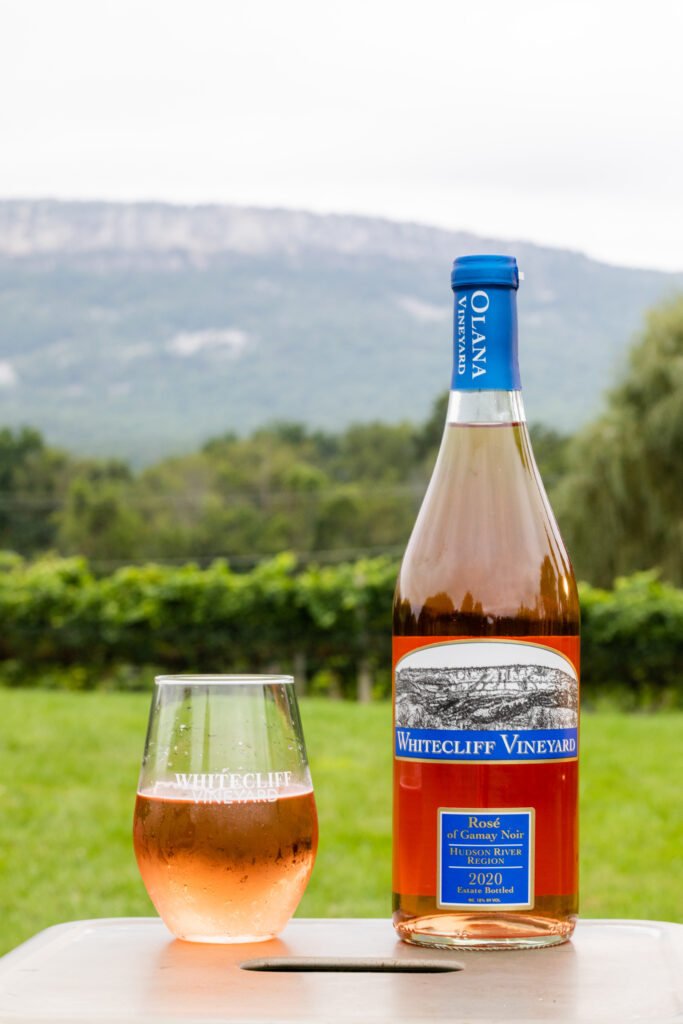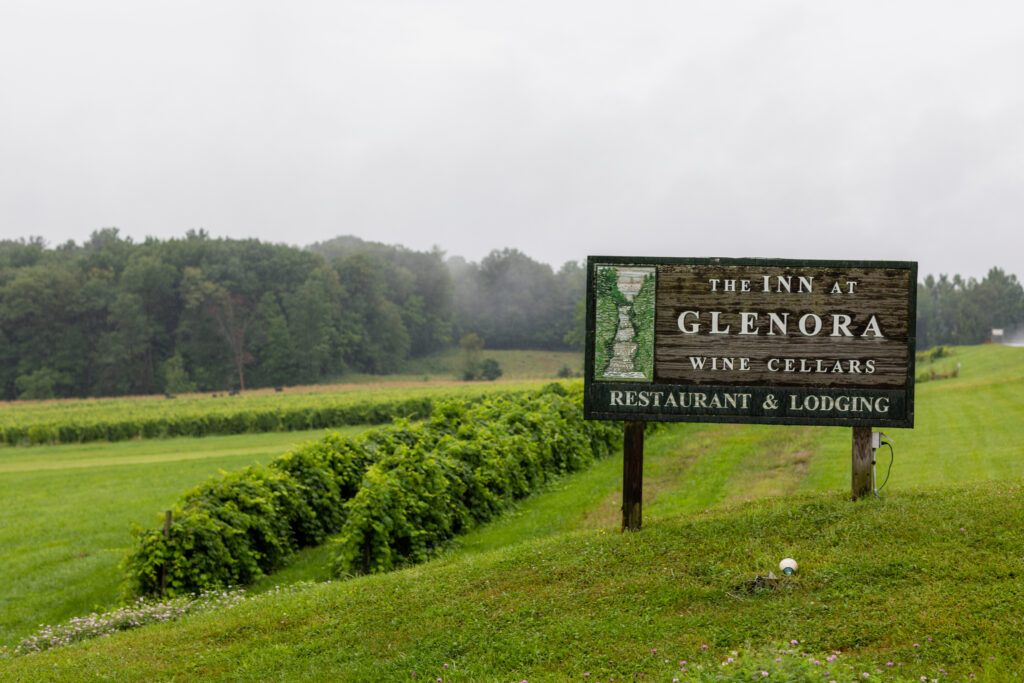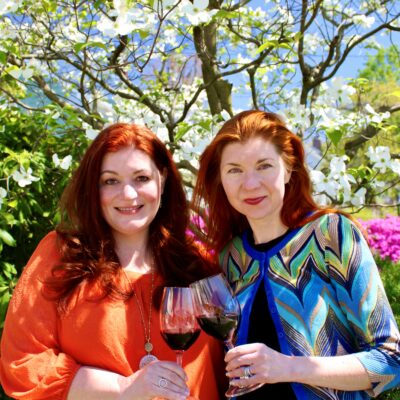With more than 11,500 wineries to choose from in the U.S. alone, beverage enthusiasts could drink a bottle of wine from a different winery every day, and not run out of new options for several years. Exciting for thirsty, novelty-loving wine lovers, less so for vintners eager to establish a loyal base of supporters.
These days, that entails a tightrope walk: wineries have to establish personal relationships with people who can feel like they’re part of a larger community, while also providing the originality and whimsy that most people require now to make even the most seemingly minor purchase.
For small to medium-sized wineries, having a base of consistent patrons to pull from can make all the difference in a brand’s success. That’s because selling direct-to-consumer—instead of through a network of distributors, wholesalers and retailers—means the winery gets to keep all of the revenue, instead of just a slice.
And amid rising costs of everything from fuel to run tractors in the vineyard to glass to bottle the wine in—and a reluctance to pass on those costs to consumers—that small slice has narrowed further.
New York wineries are finding success despite the challenges by employing two main strategies for creating a bond with consumers, without ever veering into the same old, boring mainstay territory.
Establish a Dynamic Wine Club
An innovative wine club, supported by two dynamic tasting rooms, has helped the Hudson Valley’s Whitecliff Vineyard & Winery build a club that has grown 60% in the past few years.
“When I took over our club, I made the conscious decision to make it as social as possible, not just a purchasing agreement,” says Whitecliff’s general manager and wine club maestro Tristan Migliore. “Members get discounts and free tastings, but the main draw for retention is events. I tend to have at least one event in every month that isn’t one of the mandatory purchase events.”
Migliore says that offering at least one event a month that isn’t a mandatory purchasing month allows wine club members to socialize, sample new wines and learn.
“We also try to change the events, with blend-your-own parties, holiday cocktail parties and chocolate tastings,” Migliore says. “We are focusing on events that bring in younger people, like food popups and vegan events. We find that younger people are more likely to sign up for our club at events. We also help encourage growth by giving staff members bonuses when they sign up new members.”


Create Truly Unique Events
Glenora Wine Cellars, the first winery to open on Seneca Lake in 1977, has deep roots in the Finger Lakes and could probably thrive without too much effort. But that is not how Glenora chooses to do it—and never has.
“Early on, the team realized they could create truly spectacular events,” says Jourdan Dyer, marketing coordinator at Glenora Wine Cellars. “They just looked out on the lawn, and said, let’s have a party.”
With live music.
What began as a lark has evolved into two jazz festivals held in July and August. Last year’s July event, dubbed Jazz Greats at Glenora, included performances by Brian Simpson, Steve Oliver and Jackiem Joyner. Around 1,200 attended.
“That initial idea of providing a space for fun and community has evolved considerably since then, but the same spirit remains intact,” Dyer says. “Every year we get people who’ve been coming to every show for decades. They have contests over who will wear the oldest Glenora t-shirt, and who has the most wristbands on display.”
Glenora also has a packed events and activities calendar, including a rare opportunity for bubbleheads to make their own sparkler with winemaker Edward Miller and assistant winemaker Emily Doi.
“It’s such an incredible deal, it has become one of our most popular draws,” Dyer says. “We started this program in the 1990s. The deal is, people can come in and create their very own sparkling wine, at their own dosage or sweetness levels, from Brut Nature do Sec.”
All they have to do is buy a minimum of six bottles, at $25 a customized pop.
“The people who do it leave with their very own sparkling wines, custom labels, and a deep understanding of what goes into the sparkling winemaking process,” Dyer says. “They even get a certificate as a master of dosage.”
You can’t buy loyalty—but by providing core memories with innovation, fun, and discovery, you can almost guarantee it.

